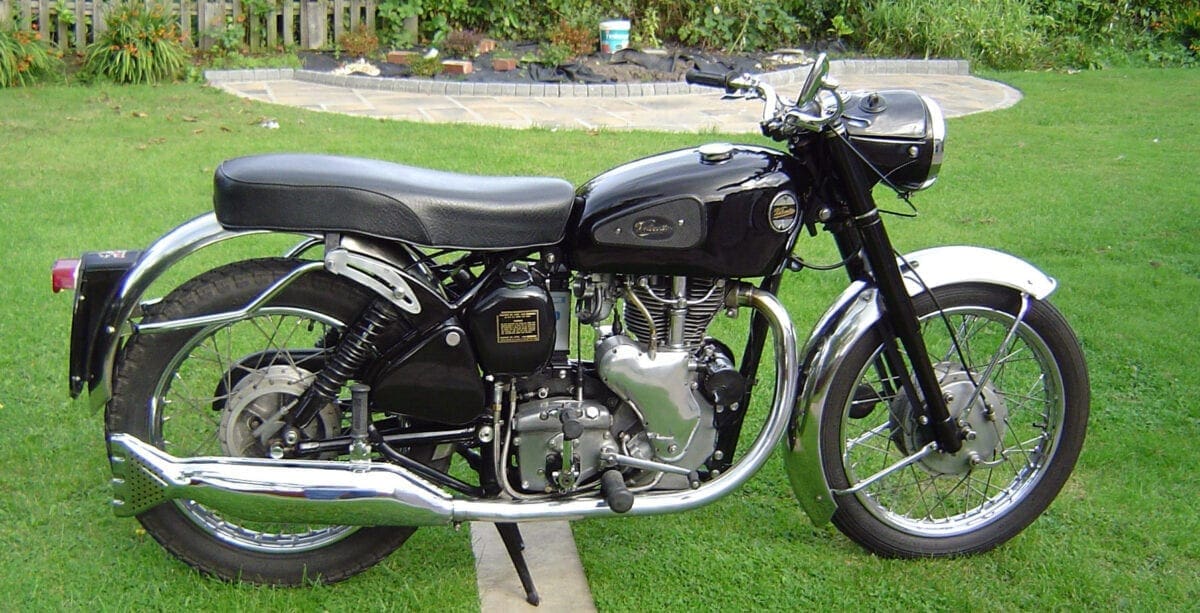A stitch in time saves hours of standing by the roadside, reckons Stu Thomson. He suggests that old bikes need not be unreliable. When they do go wrong, says Stu, perhaps it’s down to something the owner hasn’t done…
There may be some disagreement about my next statement but… I believe that the majority of old bikes are reliable by design. There are, however, some conditions attached! For example, the any old bike needs to be set up correctly and looked after and maintained regularly. These old clunkers gave sterling service to the working classes for many years, getting their owners to and from their place of work and even on Continental jaunts for holidays.

I went to work for years riding Lambrettas (which also took me touring abroad), Vespas and then 1950s and 60s Velocette, Triumphs, BSAs, Morinis and several other Italian marques with barely a hiccup in the reliability. The main issues were punctures or, in one case, running out of fuel. The petrol following to a slight ‘off’ had moved to the ‘run’ side of the tank as opposed to the reserve side of the tank!
It is very easy to blame the bike when actually the reasons for failure are, more often than not, rider incompetence, lack of attention or mechanical respect by the owner.
Working on the principles of Zen, there are many parts to a motorcycle but failure of one important part or bad adjustment can lead to failure. Just think about it: how many of the parts in a bike are actually surplus to requirements? Not many! Almost every component is an essential part in a working machine. That’s why on early bikes a suitable toolkit would be carried, just in case, along with condensers and points and spark plugs.

While riding classic bikes from the 1950s and early 60s, clocking up well over 100,000 miles in the process, there have only been a couple of occasions where mechanical or electrical failure has warranted the services of the recovery service. Even then, I managed to get the bike running prior to arrival of said services. One of those fixes was using a cork to hold the magneto cap in place – that stoppage was caused by wear in the screwed cap through old age and many, many miles.
There are usually warning signs of failure of a mechanical nature. It is up to us to detect them! These could be unusual noises – or no noise in the case of Triumph tappets, where a healthy rattle means the clearances are at their specified 0.010” – or whining, extra vibration, pinking or the occasional misfire. All these point to action and checks being required, which you ignores at your peril.

Even the simple act of checking tyres regularly can benefit the rider. Pull out that screw which happened to be on the workshop floor and ended up in the tyre, or that part of a wire brush that somehow embedded itself in the rubber.
Top of the list for causing sudden failures are usually electrical items. Most systems for old bikes are 6V and any resistance at connections can quickly lead to voltage drops, resulting in very low voltages at important items like ignition and lights.

A simple test for this is to test the voltages at various points. On one of my old Triumphs I noticed that the lights were not as bright as normal. When I checked the voltage at the battery it was 6.5V. Checking at the headlight bulb it was just 4V. After cleaning all the contacts in the headlight and switch, the voltage went up to 6.2V and suddenly the lights were bright again. Better to fix something like this in the garage than on a cold dark night…
———-
What do you think? Could your last mechanical breakdown have been averted by better maintenance? Or was it utterly unavoidable? Comment below or join the conversation on our Facebook page…
———-
Words and photos by Stu Thomson




